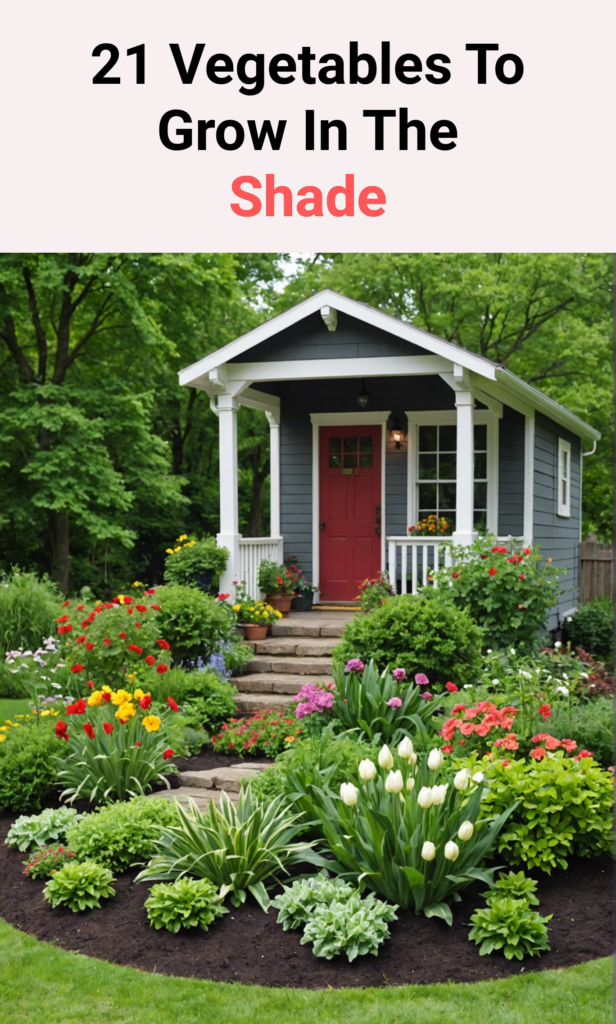Beautiful Plants For Your Interior
Beautiful Plants For Your Interior
My love for gardening knows no shade! In my corner of the world, I’ve discovered 21 remarkable vegetables that thrive in the shaded nooks and crannies.
From the peppery bite of arugula to the earthy sweetness of beets, each of these veggies offers a unique flavor and a vibrant hue to my garden.
Let’s explore this verdant world of shade-loving bounty!
| Vegetable | Sun Exposure | Benefits | Days to Maturity (Approx.) |
|---|---|---|---|
| Arugula | Light Shade (2-4 hours) | Peppery flavor, rich in vitamins A, C, and K | 30-45 |
| Bok Choy | Light Shade (2-4 hours) | Mild, cabbage-like flavor, good source of vitamin A and calcium | 50-60 |
| Chives | Light Shade (2-4 hours) | Onion-y flavor, adds color and texture to dishes, source of vitamins A and C | Continuous harvest |
| Cilantro | Light Shade (2-4 hours) | Bright, citrusy flavor, essential for many cuisines, good source of vitamin K | 45-60 |
| Collard Greens | Light Shade (2-4 hours) | Slightly bitter flavor, rich in vitamins A, C, and K | 50-70 |
| Endive | Light Shade (2-4 hours) | Slightly bitter flavor, good for salads and adding texture, source of fiber and vitamin K | 60-70 |
| Kale | Light Shade (2-4 hours) | Slightly sweet flavor, very nutritious (vitamin K, A, C), holds well in the garden | 50-70 |
| Leeks | Light Shade (2-4 hours) | Mild onion flavor, good for soups and stews, source of vitamins A and C | 100-120 |
| Lettuce (Looseleaf varieties) | Light Shade (2-4 hours) | Mild flavor, many varieties for salads and sandwiches, good source of vitamin K | 45-60 |
| Mizuna Mustard | Light Shade (2-4 hours) | Peppery flavor, good in salads and stir-fries, source of vitamins A and C | 40-50 |
| Radishes | Light Shade (2-4 hours) | Peppery flavor, can be eaten whole or sliced, good source of vitamin C | 25-35 |
| Rutabaga | Light Shade (2-4 hours) | Sweeter flavor than turnips, good for roasting or mashing, source of vitamin C and potassium | 80-100 |
| Spinach | Light Shade (2-4 hours) | Mild flavor, very nutritious (vitamins A, C, K), best harvested young | 40-45 |
| Swiss Chard | Light Shade (2-4 hours) | Mild flavor, both leaves and stalks are edible, good source of vitamins A, C, and K | 40-50 |
| Brussels Sprouts | Partial Shade (4-6 hours) | Slightly nutty flavor, good roasted or steamed, source of vitamin C and fiber | 80-100 |
| Cauliflower | Partial Shade (4-6 hours) | Mild, slightly sweet flavor, good roasted or raw, source of vitamin C and fiber | 70-90 (may take longer in shade) |
| Celery | Partial Shade (4-6 hours) | Distinctive flavor, used in salads and soups, source of vitamins A, C, and K | 120-150 |
| Peas | Partial Shade (4-6 hours) | Sweet flavor, can be eaten fresh or frozen, good source of protein and fiber | 60-70 |
| Beets | Partial Shade (4-6 hours) | Sweet, earthy flavor, both roots and greens are edible, source of vitamins A, C, and fiber | 50-60 |
| Turnips | Partial Shade (4-6 hours) | Mild, slightly sweet flavor, good roasted or mashed, source of vitamin C and potassium | 50-60 |
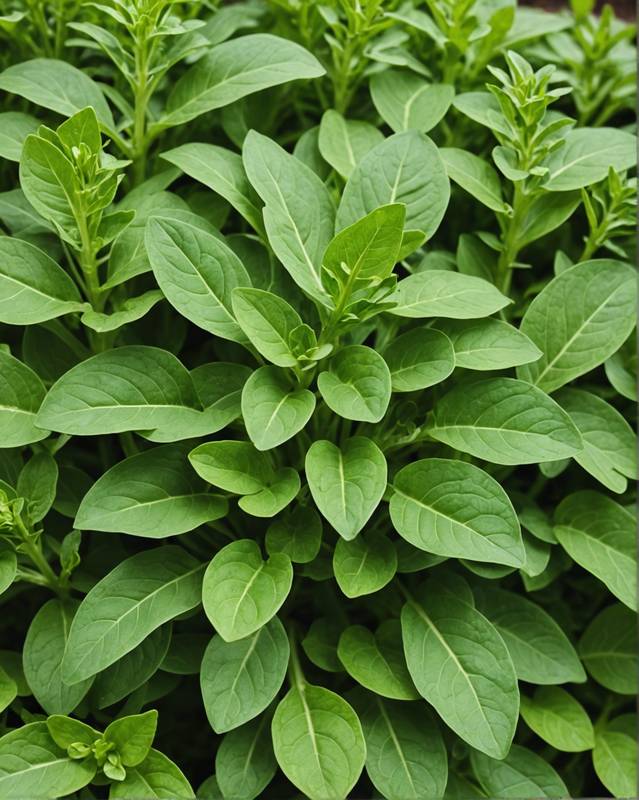
Arugula is a leafy green that thrives in the shade. It has a peppery flavor that makes it perfect for salads, sandwiches, and wraps.
Arugula is easy to grow and can be planted in the early spring or fall.
It prefers well-drained soil that is rich in organic matter. Arugula plants should be spaced about 6 inches apart.
Water regularly, especially during hot weather.
Arugula is a good source of vitamins A, C, and K. It also contains calcium, iron, and potassium.
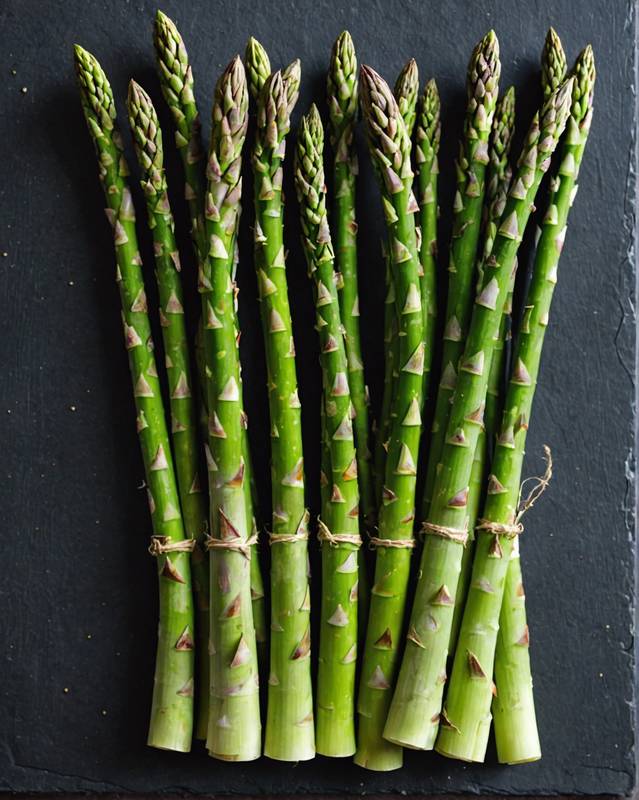
Asparagus, a delicious and nutritious vegetable, joins the ranks of shade-tolerant crops.
Its tender spears emerge in spring, offering a welcome addition to early season salads and stir-fries.
Asparagus prefers well-drained soil rich in organic matter.
Plant crowns 12 inches apart, allowing ample space for the foliage to spread.
Water consistently to maintain moist soil, but avoid overwatering.
With proper care, asparagus plants will reward you with years of harvests.
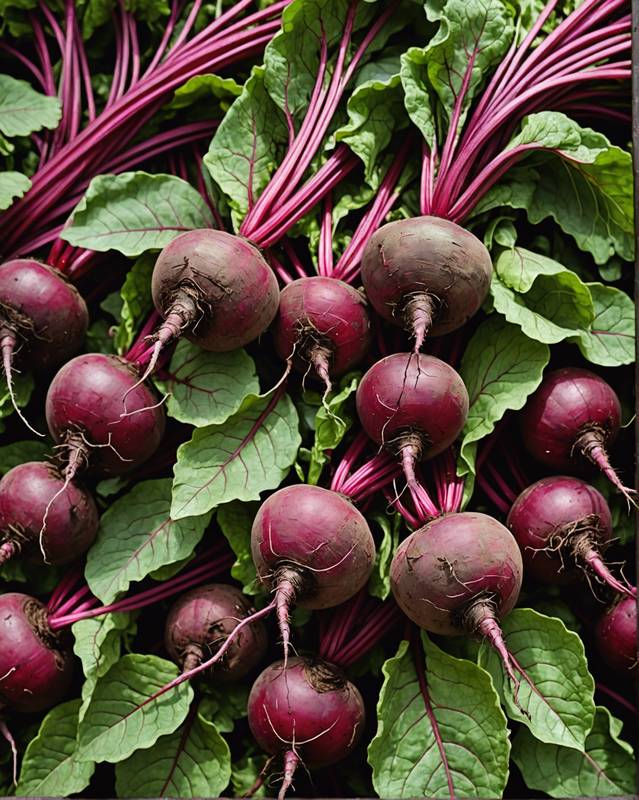
Beets are a great option for shady areas.
They’re tolerant of partial shade and will still produce a good crop of sweet, earthy roots.
Beets are also relatively easy to grow, making them a good choice for beginner gardeners.
To grow beets in the shade, choose a spot that gets at least 4-6 hours of sunlight per day.
Prepare the soil by tilling it to a depth of 12-18 inches and adding compost or other organic matter.
Plant beet seeds 1/2 inch deep and 2-3 inches apart.
Water the seeds well and keep the soil moist until the seeds germinate.
Once the seedlings have emerged, thin them out so that they’re spaced 4-6 inches apart.
Water the beets regularly, especially during hot, dry weather.
Fertilize the beets every few weeks with a balanced fertilizer.
Beets are ready to harvest when the roots are about 1-2 inches in diameter.
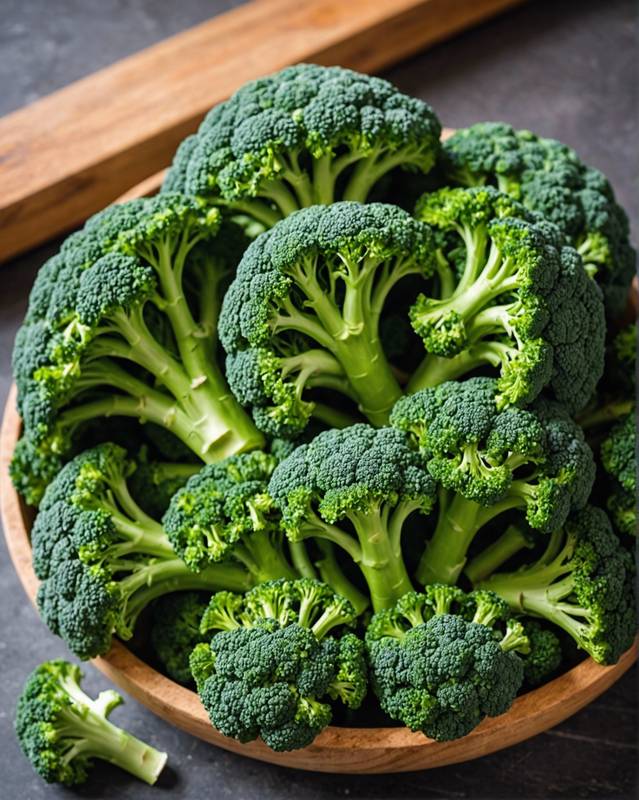
Broccoli, a popular member of the cruciferous family, thrives even in partial shade.
This cool-season crop produces dark green florets and requires well-drained soil, consistent moisture, and regular fertilization for optimal growth.
Broccoli’s versatility extends beyond its nutritional value; it adds a slightly bitter but satisfying flavor to salads, stir-fries, and pasta dishes, making it a valuable addition to any shaded garden.
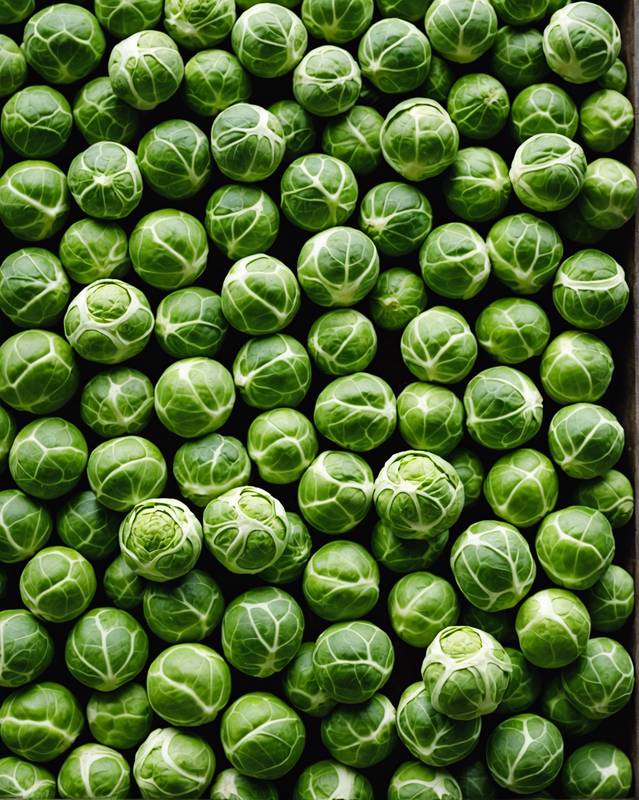
Brussels sprouts are a cool-season crop that can tolerate partial shade.
They are a good source of vitamins A, C, and K, and they are also a good source of fiber.
Brussels sprouts can be grown in containers or in the ground, and they are relatively easy to care for.
They should be watered regularly, and they should be fertilized every few weeks.
Brussels sprouts are ready to harvest when the sprouts are about 1-2 inches in diameter.
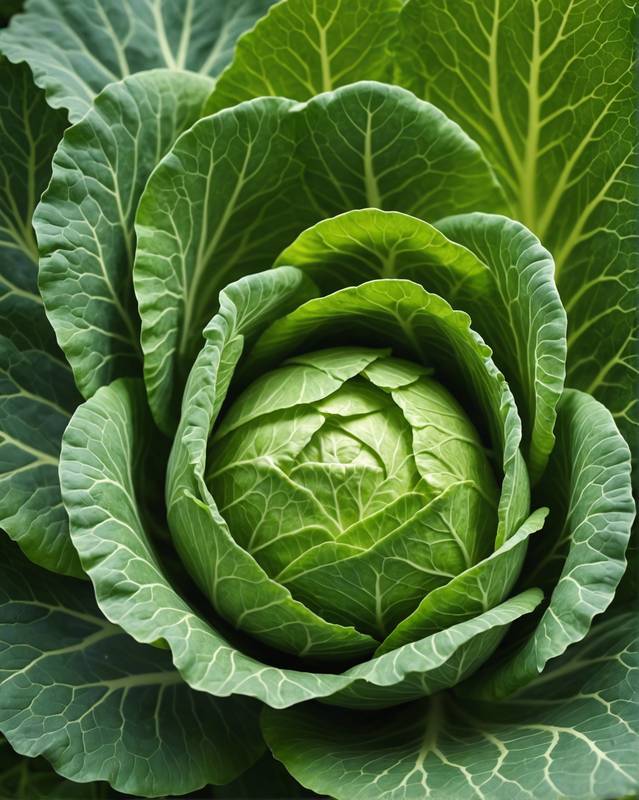
Cabbage is a cool-weather crop that can tolerate some shade.
It is a good source of vitamins and minerals, and it can be eaten raw, cooked, or fermented.
To grow cabbage in the shade, choose a spot that gets at least six hours of sunlight per day.
The soil should be well-drained and fertile.
Cabbage plants should be spaced 12-18 inches apart.
Water cabbage plants regularly, especially during hot weather.
Fertilize them every few weeks with a balanced fertilizer.
Cabbage heads will be ready to harvest in 60-80 days.
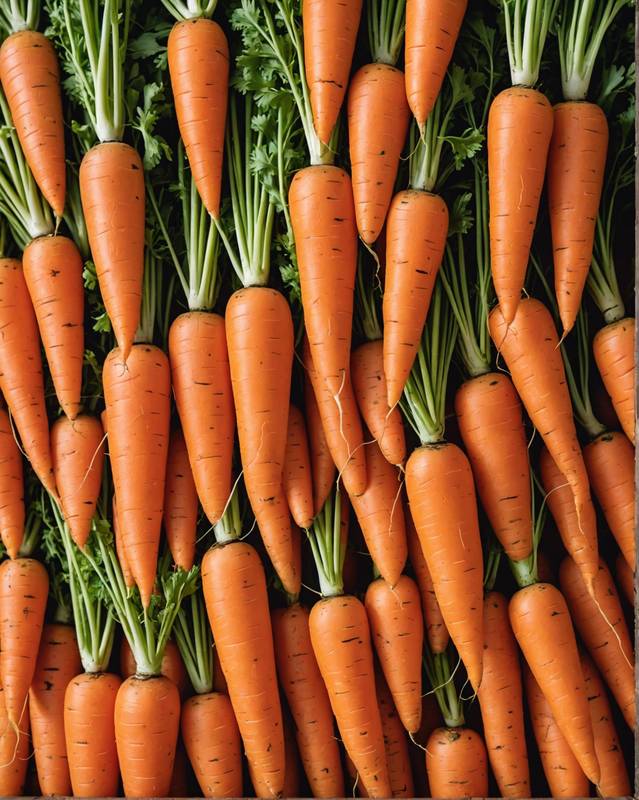
Carrots are a great vegetable to grow in the shade. They are a root vegetable, so they can tolerate a lack of sunlight.
Carrots are also a good source of vitamin A, which is important for vision.
They are also a good source of fiber, which can help to keep you feeling full and satisfied. If you are interested in growing carrots in the shade, be sure to plant them in well-drained soil.
You should also water them regularly, especially during hot weather.
With a little care, you can grow a bountiful harvest of carrots in the shade.
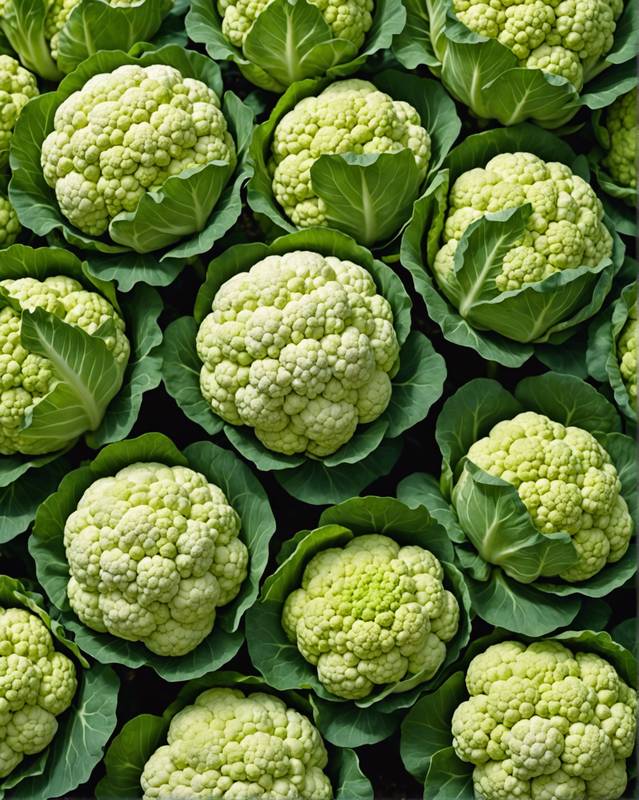
Cauliflower is a versatile vegetable that can handle some shade, but it prefers full sun.
If you’re planting cauliflower in a shady spot, make sure to choose a variety that is tolerant of lower light levels.
Cauliflower is a heavy feeder, so be sure to fertilize it regularly.
It also needs consistent moisture, so water it deeply and regularly, especially during hot weather.
With a little care, you can grow delicious cauliflower even in a shady spot.
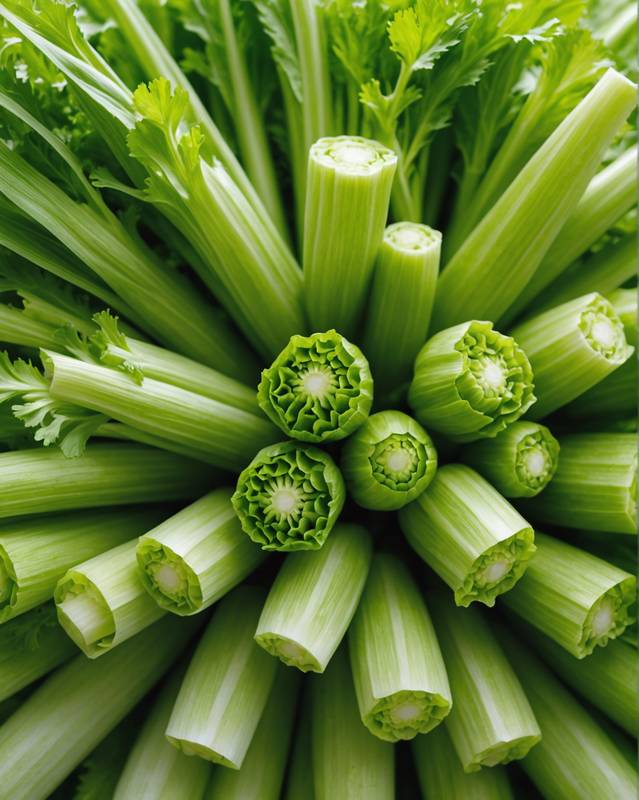
Celery, a member of the carrot family, thrives in shady areas.
Its crisp, flavorful stalks can be enjoyed raw in salads or cooked in soups and stews.
Celery is a good source of vitamins A, C, and K, as well as potassium and fiber.
To grow celery in the shade, choose a location with well-drained soil that receives at least four hours of sunlight per day.
Plant celery seeds or seedlings in the spring, spacing them about 6 inches apart.
Water celery plants regularly and fertilize them every few weeks with a balanced fertilizer.
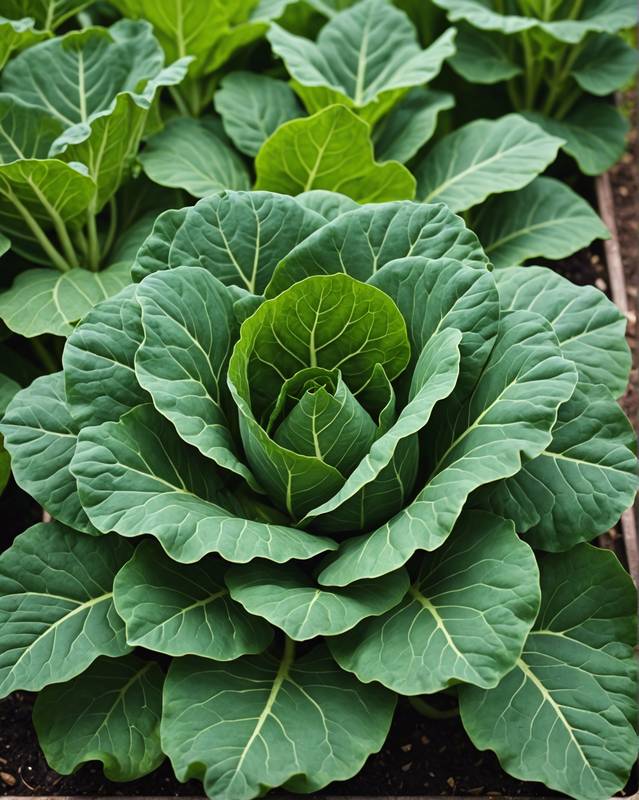
Collard greens are a great choice for shady gardens.
They’re a leafy green vegetable that’s packed with nutrients, and they’re relatively easy to grow.
Collard greens prefer well-drained soil that’s rich in organic matter, and they need to be watered regularly.
They can be harvested in the spring or fall, and they can be eaten fresh, cooked, or frozen.
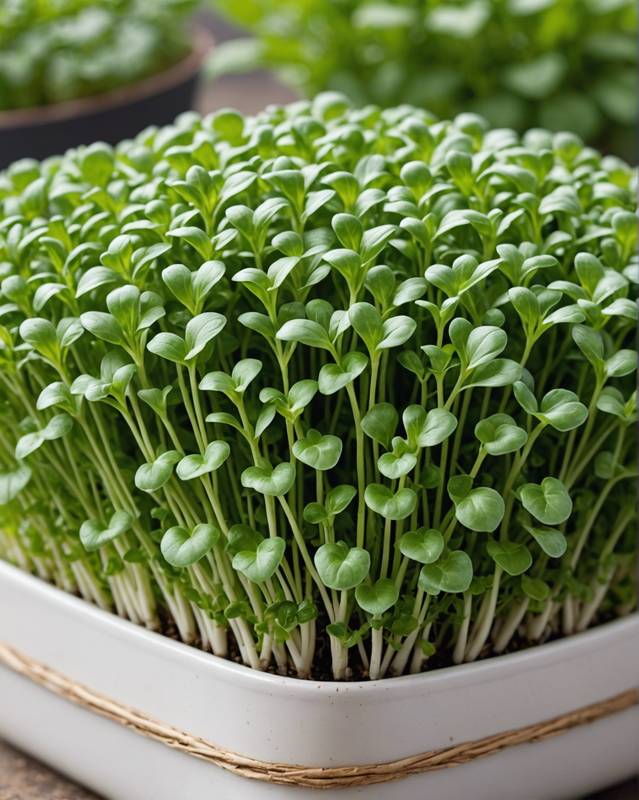
Cress is a peppery, leafy green that thrives in the shade.
It’s a fast-growing plant that can be ready to harvest in just a few weeks.
Cress is a good source of vitamins A and C, and it’s also a good source of iron.
Cress is easy to grow from seed.
If you can keep it moist in light shade, it will grow happily.
Cress can be grown in containers or in the ground.
It’s a great choice for beginner gardeners or for those who want to add some greens to their diet.
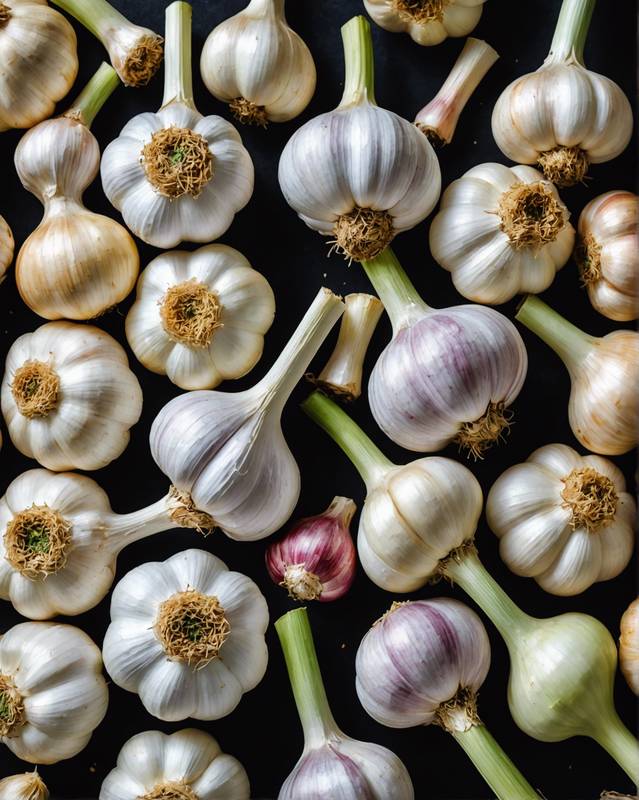
Garlic is a popular bulbous vegetable belonging to the onion family. It’s known for its pungent and aromatic flavor.
While it generally prefers full sun, garlic can also tolerate partial shade, making it a great option for those with limited sunny areas.
Plant garlic cloves in well-drained soil in the fall or early spring. Keep the soil moist but not soggy.
Garlic is relatively low-maintenance; simply water when the soil feels dry to the touch and fertilize occasionally.
You can harvest garlic when the leaves start to turn yellow and the bulbs are plump.

Kale is a leafy green vegetable that thrives in the shade. It’s a great source of vitamins, minerals, and antioxidants.
Kale is also a versatile vegetable that can be eaten raw, cooked, or juiced.
If you’re looking to grow kale in your garden, it’s important to choose a variety that is well-suited for shade. Some good options include: Dwarf Blue Curled Kale Redbor Kale Winterbor Kale Kale is a relatively easy vegetable to grow.
It prefers well-drained soil that is rich in organic matter.
Kale also needs regular watering, especially during hot, dry weather.
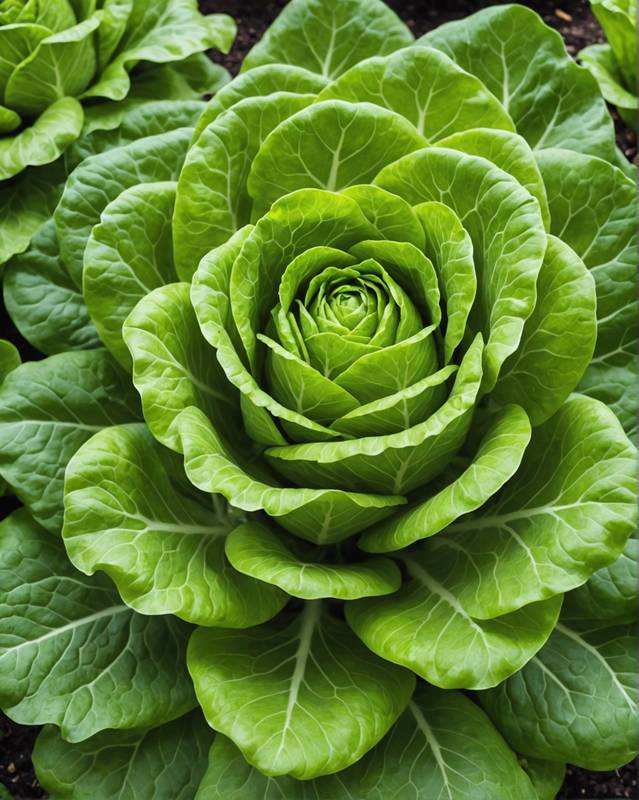
Lettuce is another vegetable that tolerates shade fairly well.
It does best in moist, well-drained soil and needs to be watered regularly.
Lettuce is a cool-weather crop, so it should be planted in the spring or fall.
Loose leaf lettuce will require around 6 hours of sunlight, while head lettuce needs around 4 hours of sunlight.
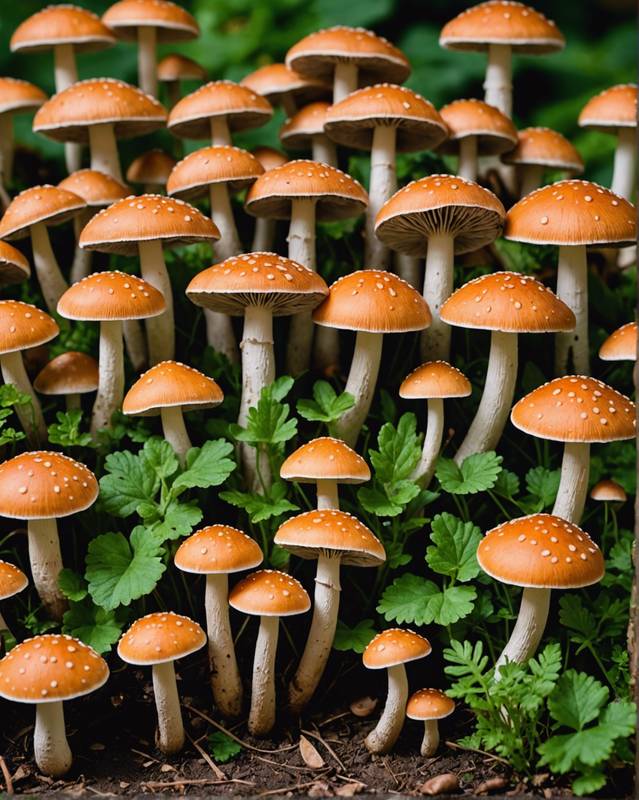
Mushrooms are a surprisingly easy vegetable to grow in the shade.
They prefer moist, well-drained soil and can be grown in containers or directly in the ground.
Mushrooms are a good source of protein and fiber, and they can be used in a variety of dishes.
In humid environments, they can be grown indoors in containers or on logs.
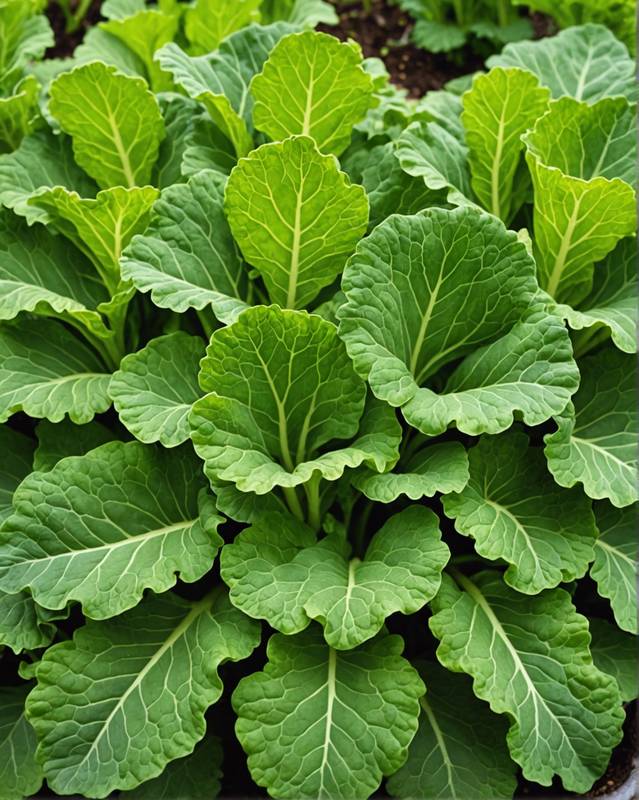
Mustard greens, a leafy green brimming with nutrients, thrive in shady spots, making them an ideal choice for urban gardens with limited sun exposure. These cool-season crops offer a peppery bite, adding a zesty touch to salads, soups, and stir-fries.
Their rich green leaves are packed with essential vitamins, including vitamin K, which supports bone health and blood clotting.

Peas are a cool-season crop that can be grown in the shade, making them a great option for gardeners with limited sunlight.
They are a relatively easy vegetable to grow and can be planted in the spring or fall.
Peas are a good source of vitamins and minerals, and they can be eaten fresh, cooked, or frozen.
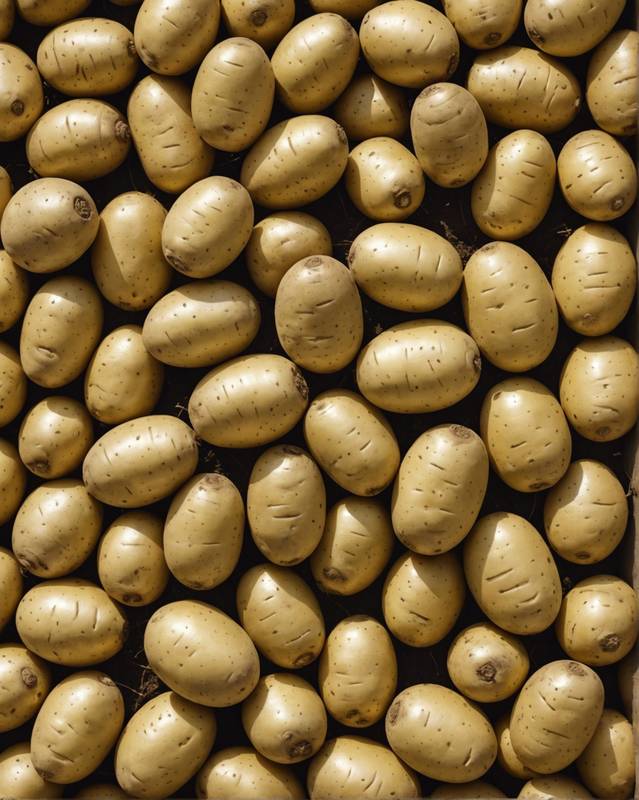
Potatoes require minimal sunlight to thrive and produce a plentiful harvest. They prefer loose soil that allows for easy root growth, making them ideal for shaded areas.
Planting potatoes in a raised bed or container is recommended to ensure proper drainage.
When planting potatoes, it’s essential to select disease-free seed potatoes that are free of sprouts and blemishes. Plant the potatoes in trenches about 6 inches deep and space them about a foot apart.
Water the plants regularly, especially during dry spells, and fertilize them with organic compost or a balanced fertilizer.
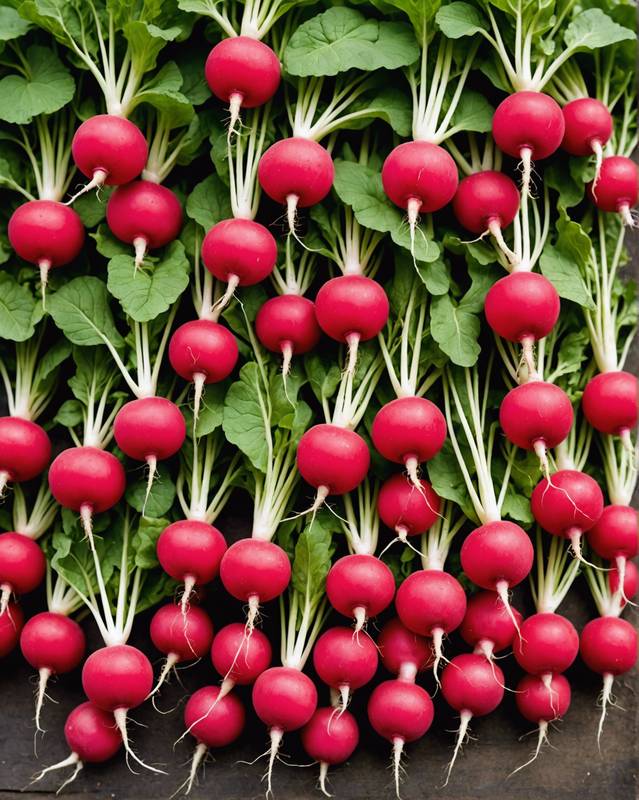
Radishes are a quick-growing vegetable that can be ready to harvest in just a few weeks. They are a good source of vitamins A and C, and they have a peppery flavor that can add a nice kick to salads and other dishes.
Radishes can be grown in full sun or partial shade, and they prefer well-drained soil.
They are a good choice for beginner gardeners, as they are easy to grow and produce a quick harvest.

Spinach is a versatile leafy green that thrives in the shade. Its dark green leaves are packed with vitamins, minerals, and antioxidants, making it a nutritional powerhouse.
In the garden, spinach is easy to grow and can be planted in early spring or fall.
When growing spinach in the shade, ensure the soil is moist and well-drained. Water regularly, especially during hot, dry weather.
With a little care, you can enjoy fresh, nutrient-rich spinach for months.
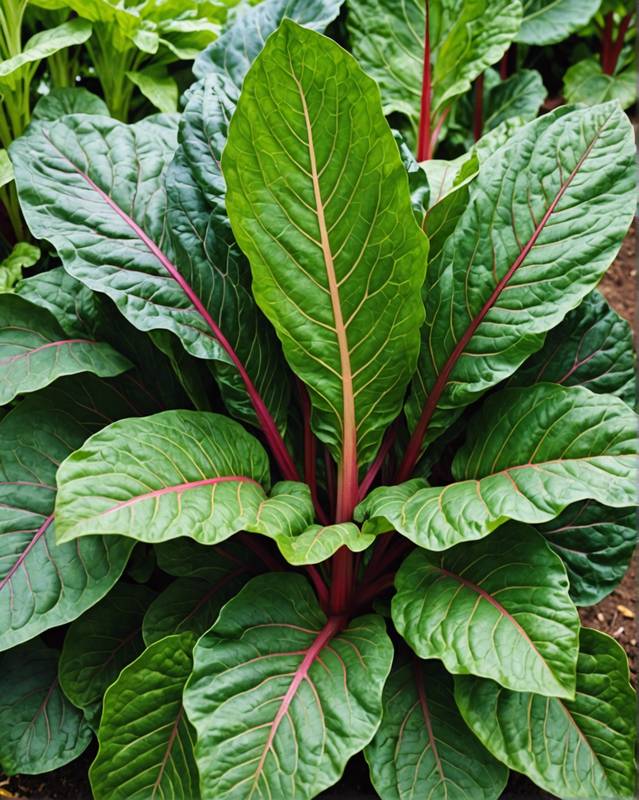
A versatile leafy green, Swiss chard thrives even in partial shade.
It is packed with vitamins and minerals, making it a nutritious addition to any diet.
The large, crinkled leaves can be cooked in various ways, such as sautéing, steaming, or adding them to salads.
Swiss chard is also a good source of antioxidants, which can help protect against cell damage.
